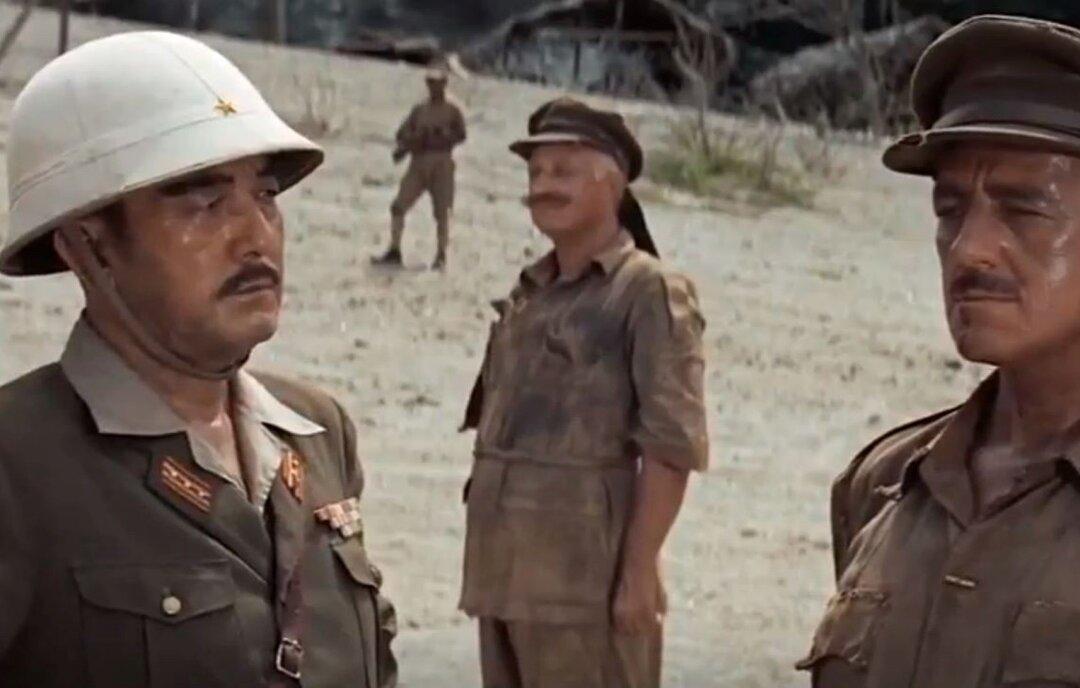PG | 2h 41min | Adventure, Drama, War | 1957
I’ve watched my share of war movies over the years and many of them fit into two categories. While some show the evil and destruction that men can visit upon one another (as in Oliver Stone’s “Platoon”), others contain a stern antiwar message (such as in Mel Gibson’s “Hacksaw Ridge”). Despite these differences, most of these films usually play things straight on the nose, without too much subtlety.






